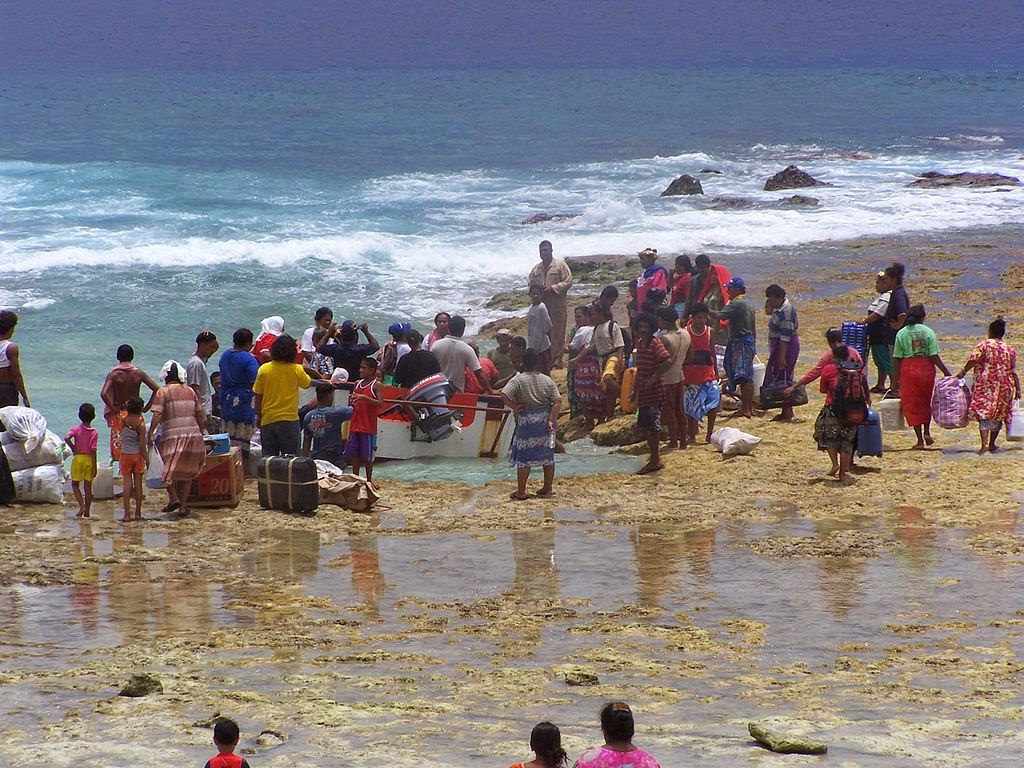A press release from Ceres: Amid growing evidence that climate change is having wide-ranging global impacts that will worsen in the years ahead, a new report from Ceres ranks the nation's 330 largest insurance companies on what they are saying and doing to respond to escalating climate risks. The report found strong leadership among fewer than a dozen companies but generally poor responses among the vast majority.
The report, Insurer Climate Risk Disclosure Survey Report & Scorecard: 2014 Findings & Recommendations, ranks property & casualty, health and life & annuity insurers that represent about 87 percent of the total US insurance market. The companies were ranked on a half-dozen climate related indicators, including governance, risk management, investment strategies, greenhouse gas management and public engagement (such as their climate policy positions.) The report is based on company disclosures last year in response to a climate risk survey developed by the National Association of Insurance Commissioners (NAIC).
“Despite being on the 'front line' of climate risks, most of the company responses show a profound lack of preparedness in addressing climate-related risks and opportunities,” said Mindy Lubber, president of Ceres, a nonprofit sustainability advocacy group. “A big positive in the report's findings is the strong leadership among a small number of property & casualty insurers – a trend that needs to become far more mainstream if the industry is to accelerate global responses to this colossal threat.”
The companies were ranked on a four-tier scoring system, based on a 100-point scale, that included "Leading," "Developing," "Beginning" and "Minimal" grades. Nine of the 330 companies – three percent overall – received the “Leading” rank, including ACE, Munich Re, Swiss Re, Allianz, Prudential, XL Group, The Hartford, Sompo Japan and Zurich. The Hartford and Prudential are the only U.S.-headquartered insurers among the nine firms.
The vast majority of the insurers – 276 of the 330 companies – earned “Beginning” or “Minimal” ratings. The heath and life & annuity insurers had especially weak responses, with 89 percent and 80 percent, respectively, receiving the lowest “Minimal” rating....
“As key regulators of this sector, we strongly encourage insurance industry leaders and investors who own these companies to take this challenge far more seriously,” said Washington Insurance Commissioner Mike Kreidler, who wrote the report foreword and chairs the NAIC’s Climate Change and Global Warming Working Group. “The insurance industry is uniquely positioned as the bearer of risk to make adjustments now to lessen dramatic impacts we know are coming. This is not a partisan issue, it’s a financial solvency issue and a consumer protection issue.”
The 2007 flooding of the Kishwaukee River in DeKalb, Illinois, shot by IvoShandor, Wikimedia Commons, under the Creative Commons 3.0 license
 Reuters: Californians face higher water prices and permanent conservation measures amid drought, global warming and population growth in a state that has long struggled to satisfy urban and agricultural needs, the administration of Governor Jerry Brown said Thursday.
Reuters: Californians face higher water prices and permanent conservation measures amid drought, global warming and population growth in a state that has long struggled to satisfy urban and agricultural needs, the administration of Governor Jerry Brown said Thursday.




.jpg)







.jpg)


















